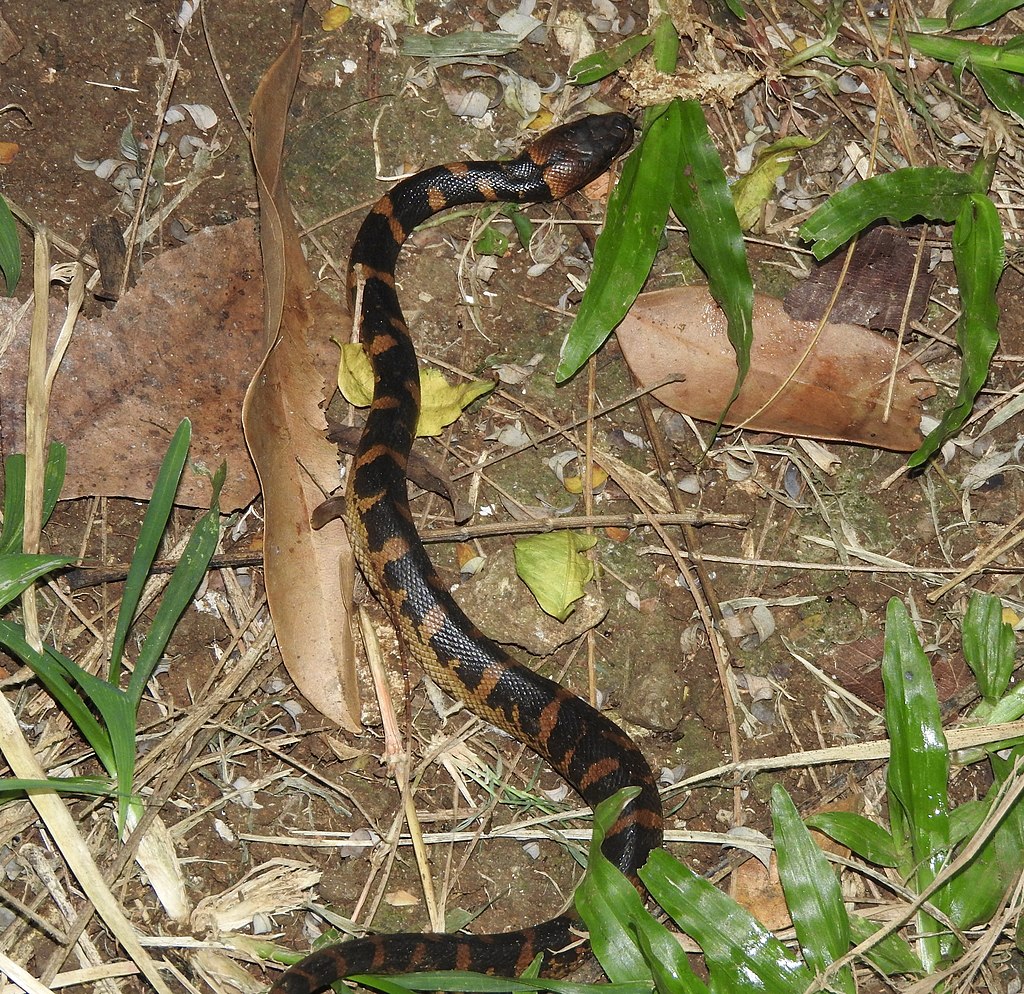Rice fields, those shimmering expanses of shallow water that feed billions worldwide, harbor more than just staple crops. Beneath their muddy bottoms, an extraordinary serpent has evolved to thrive in this unique agricultural ecosystem. The rice field snake, scientifically known as *Homalopsis buccata* and several related species, represents one of nature’s most specialized adaptations to human-modified environments. These remarkable reptiles have developed fascinating physiological and behavioral traits that allow them to flourish in the murky depths of rice paddies across Asia, forming an integral yet often unseen part of these productive wetlands.
The Hidden Serpent of Rice Paddies
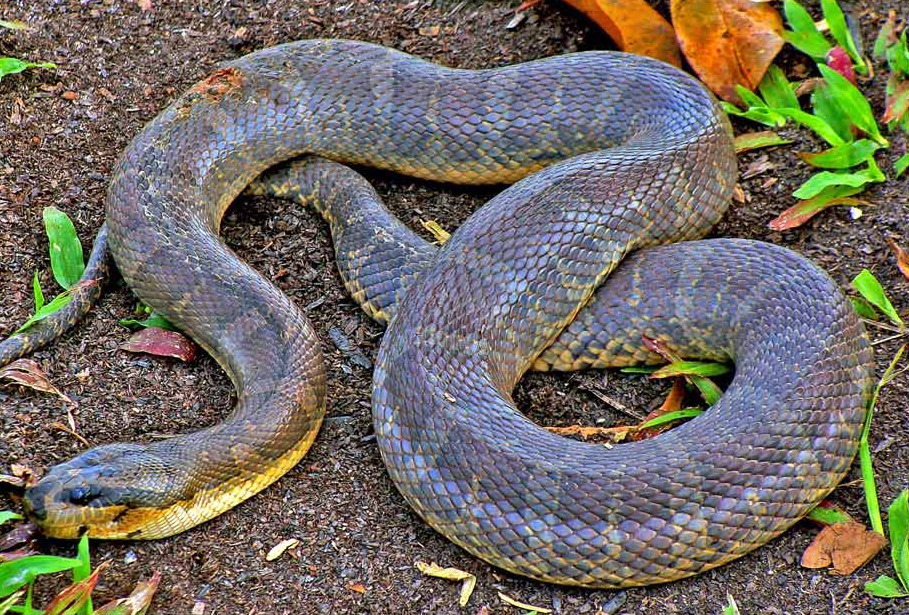
Rice field snakes, primarily from the families Homalopsidae and Colubridae, have evolved specifically to inhabit the muddy environments created by rice cultivation throughout Southeast Asia. These specialized reptiles spend much of their lives submerged in the thick mud beneath rice fields, emerging primarily to hunt or mate. Unlike many other snake species that merely pass through wetlands, these remarkable creatures have developed physiological adaptations specifically for living in waterlogged, oxygen-poor substrates. Their presence is often only detected when field workers disturb the mud during planting or harvesting, revealing these secretive serpents that have been living literally beneath their feet.
Evolutionary Origins
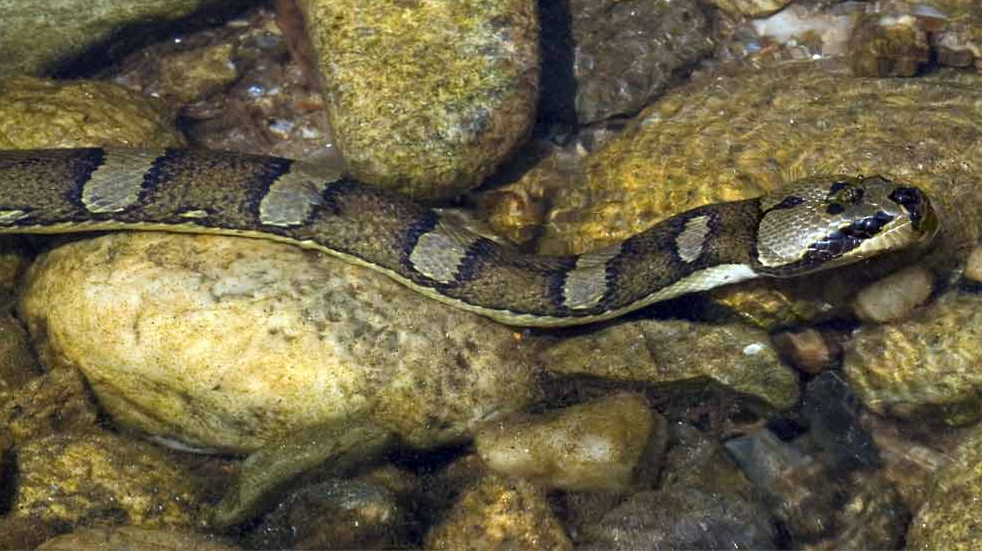
The evolution of rice field snakes represents a fascinating example of adaptation to human-altered landscapes. These specialized serpents evolved from terrestrial ancestors who gradually developed traits suited for semi-aquatic and eventually fully aquatic lifestyles in natural wetlands. As humans began cultivating rice approximately 10,000 years ago across Asia, these adaptable snakes found the artificially flooded fields to be perfect extensions of their natural habitat. Over millennia, natural selection favored individuals that could best navigate the cycles of flooding and draining that characterize rice production. Today’s rice field snake species are the result of this long co-evolutionary relationship with human agricultural practices, making them one of the few reptile species that have actually benefited from and expanded their range due to human landscape modification.
Physical Adaptations for Muddy Living
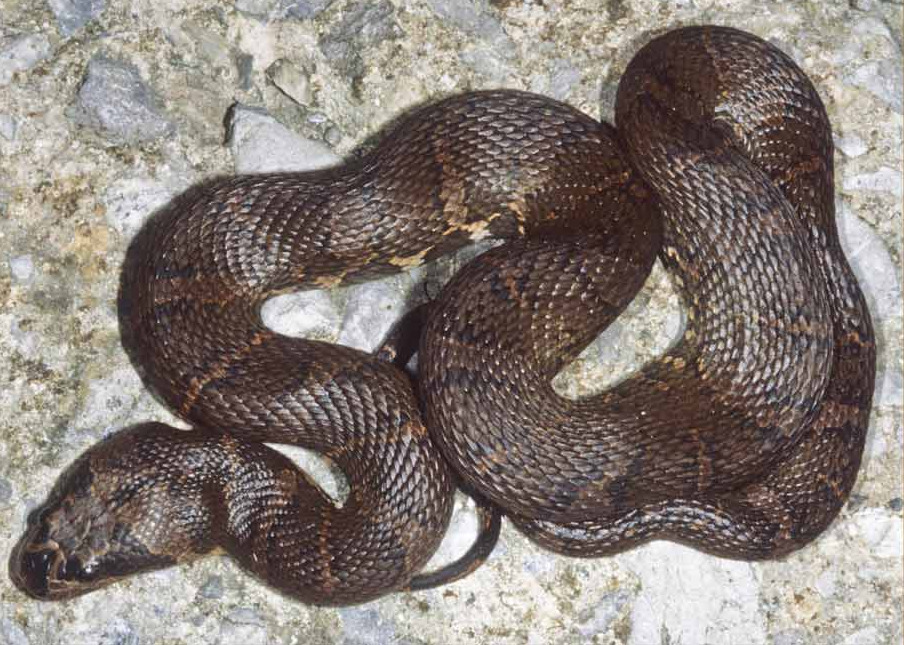
Rice field snakes possess remarkable physical adaptations that enable them to thrive in oxygen-poor, muddy environments. Their nostrils and eyes are positioned on the top of their heads, allowing them to breathe and see while keeping most of their body safely submerged in protective mud. Many species have developed specialized scales that prevent mud from adhering to their bodies, enabling smooth movement through dense substrates. Their lungs have evolved increased capacity and efficiency, allowing them to remain submerged for extended periods while hunting or hiding from predators. Perhaps most impressive is their skin’s ability to absorb oxygen directly from the water, a supplementary respiration method that helps them remain in oxygen-poor mud for longer periods than would otherwise be possible.
Remarkable Breathing Techniques
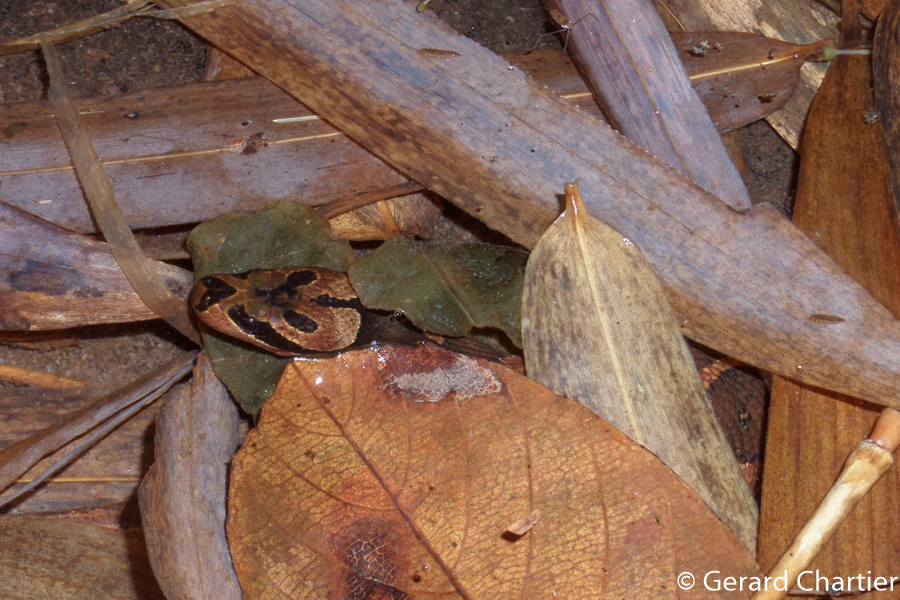
The respiratory system of rice field snakes represents one of their most extraordinary adaptations to their unique lifestyle. Unlike most reptiles, these specialized snakes can absorb up to 25% of their oxygen needs directly through their skin when submerged, an ability called cutaneous respiration. They’ve also developed specialized blood vessels near the surface of their skin to maximize this oxygen absorption. When they do need to breathe air, they employ a fascinating behavior of extending just the tips of their snouts above the mud-water interface, taking in air while remaining virtually invisible to predators. Some species can slow their metabolism dramatically during the dry season when rice fields are drained, reducing their oxygen requirements until the next flooding cycle begins. These combined adaptations allow them to remain hidden in oxygen-depleted mud for far longer than would otherwise be possible.
Hunting in the Murky Depths
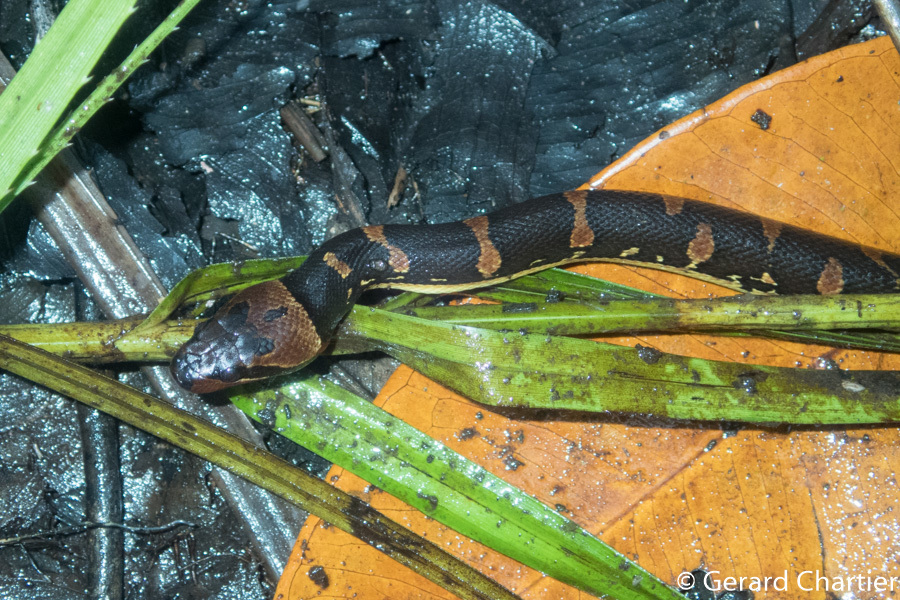
Rice field snakes have developed sophisticated hunting strategies perfectly suited to their muddy habitat. Rather than relying primarily on vision like many terrestrial snakes, these specialized hunters have heightened sensory adaptations for detecting prey in complete darkness. They possess extremely sensitive facial pits that can detect the minute temperature differences of warm-blooded prey moving through cool mud or water. Their tongues have evolved enhanced chemical receptors that can track prey through muddy substrates, following molecular trails that would be undetectable to most other predators. When hunting, they often employ an ambush technique, remaining completely motionless in the mud with just their nostrils exposed until prey ventures close enough for a lightning-fast strike. This specialized predatory behavior allows them to thrive in an environment where most other snakes would struggle to find food.
Diet and Prey Selection
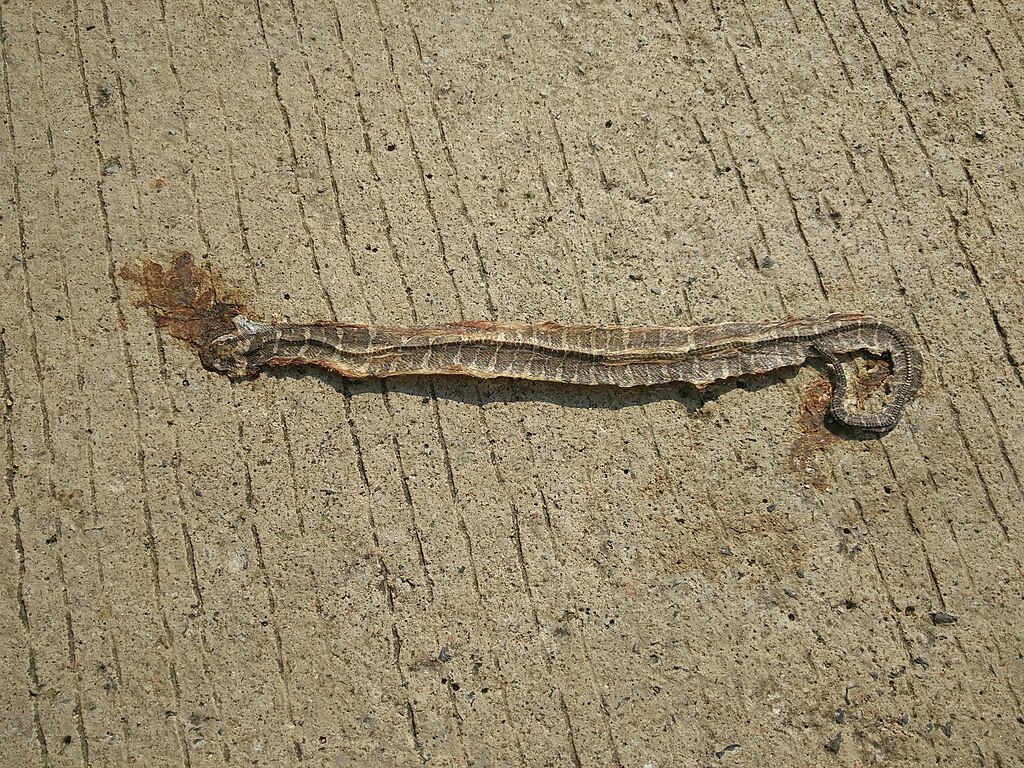
The diet of rice field snakes is remarkably well-adapted to the ecological niche they occupy beneath rice paddies. These specialized predators primarily feed on small fish, frogs, tadpoles, and aquatic invertebrates that share their muddy habitat. Many species have developed particular preferences for rice field pests like certain water beetles and their larvae, making them valuable natural pest control agents for farmers. Their jaws have evolved specific adaptations for grasping slippery aquatic prey, with rearward-pointing teeth that prevent escape once caught. Some species have even developed mild venom that, while not dangerous to humans, helps immobilize struggling aquatic prey in the challenging underwater environment. Their digestive systems are specially adapted to extract maximum nutrition from the smaller prey items typically found in rice field ecosystems, allowing them to thrive where other predators might struggle to find sufficient food.
Reproduction in Challenging Conditions
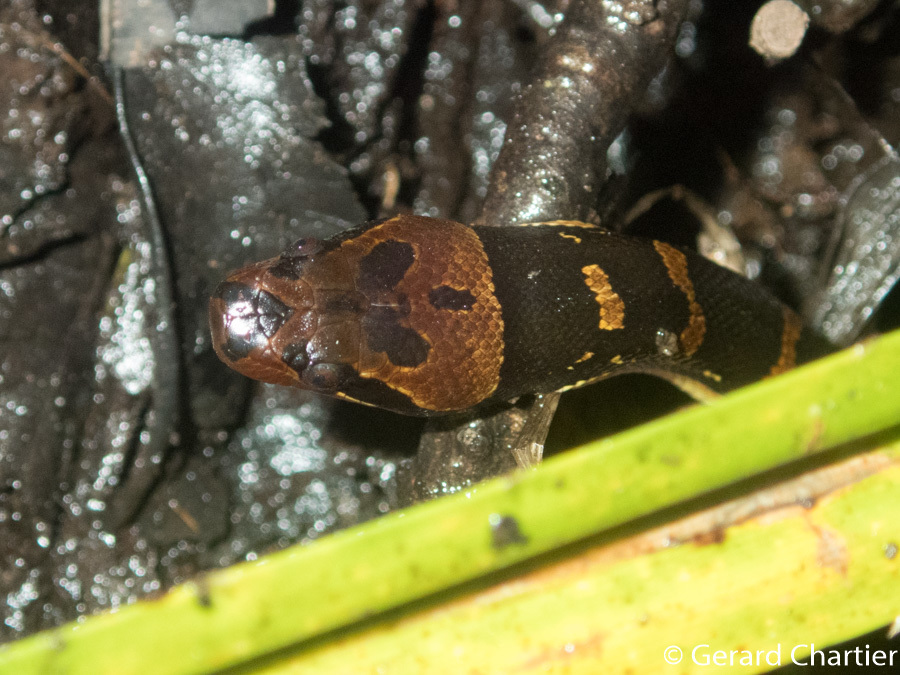
Reproduction for rice field snakes involves fascinating adaptations to the cyclical nature of their agricultural habitat. Many species time their mating to coincide with the planting of rice, when fields are newly flooded and rich in nutrients and prey. Unlike many other snakes that lay eggs, most rice field snake species have evolved viviparity—giving birth to live young rather than laying eggs that would be vulnerable to waterlogging in their muddy habitat. Pregnant females often seek out the most oxygen-rich areas of the rice field, sometimes positioning themselves near rice plant roots where oxygen levels are higher due to the plants’ own respiratory processes. The young snakes are born fully equipped for aquatic life, with their specialized breathing adaptations already functional, allowing them to immediately disappear into the protective mud. This reproductive strategy ensures maximum survival rates in an environment that would be hostile to conventional egg-laying reptiles.
Seasonal Adaptations to Field Cycles
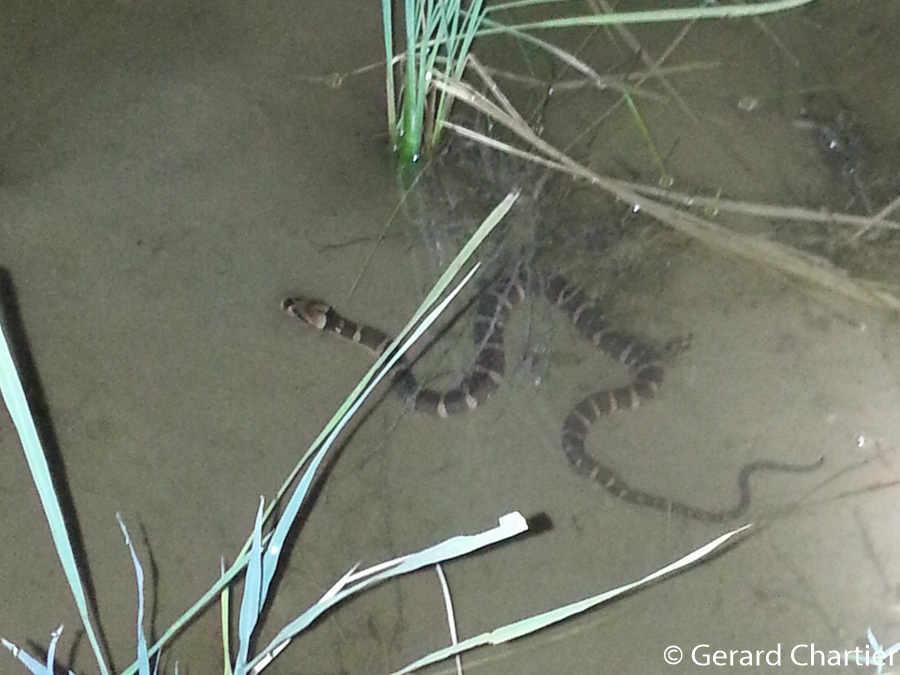
Rice field snakes have evolved remarkable strategies to survive the dramatic seasonal changes inherent in rice cultivation. During harvest seasons when fields are drained, many species burrow deeper into the mud where moisture remains, entering a state of reduced metabolism similar to estivation. Some species undertake short migrations to nearby permanent water bodies like irrigation canals, returning when fields are reflooded for the next planting cycle. Others have developed specialized scales that minimize water loss during dry periods, allowing them to remain in the drying mud longer than other aquatic species. Perhaps most impressively, some rice field snakes can synchronize their entire life cycles—from feeding intensity to reproduction—with the agricultural calendar of local rice varieties, demonstrating one of the most remarkable examples of wildlife adaptation to human agricultural practices in the natural world.
Ecological Importance in Rice Ecosystems

Rice field snakes play a crucial but often overlooked role in maintaining the ecological balance of rice paddy ecosystems. As mid-level predators, they help control populations of potential rice pests including certain aquatic insects, snails, and crustaceans that might otherwise damage young rice plants. Their burrowing activities aerate the dense paddy soils, improving conditions for beneficial microorganisms and enhancing soil health. The tunnels they create can also improve water circulation in the dense mud, benefiting the rice plants’ root systems. Additionally, these snakes serve as important prey for larger predators like wading birds and monitor lizards, forming a vital link in the rice field food web. Their presence in healthy numbers is often considered by ecologically-minded farmers to be an indicator of a well-balanced, functioning rice paddy ecosystem with minimal chemical inputs.
Cultural Significance Across Asia

Throughout their range, rice field snakes hold significant cultural importance in many Asian societies. In parts of Cambodia and Vietnam, certain species are considered beneficial omens when found in rice fields, believed to indicate a forthcoming abundant harvest. Traditional farmers in regions of Thailand and Myanmar often refrain from killing these snakes, understanding their role in controlling pests that might damage their crops. In some rural communities, folk medicine attributes healing properties to various parts of these snakes, though such practices are becoming less common with modernization. Ancient agricultural texts from China mention the presence of “mud dragons” in productive rice fields, likely referring to these specialized serpents. These cultural connections highlight the long co-existence between human rice cultivators and the specialized snakes that have adapted to the aquatic agroecosystems humans have created.
Threats and Conservation Challenges
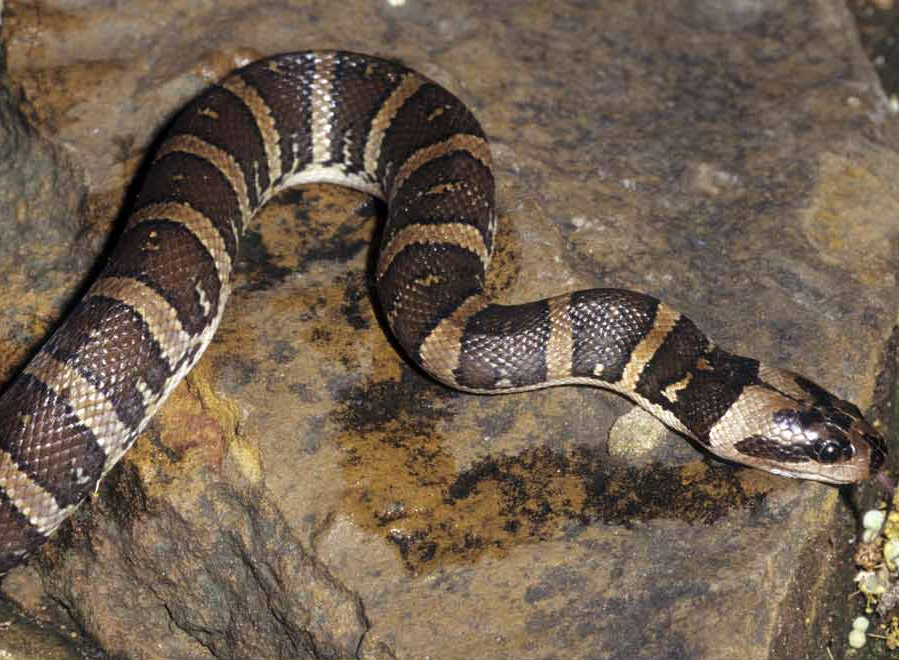
Despite their remarkable adaptations, rice field snakes face mounting threats across their range. The intensification of rice farming, particularly the increased use of pesticides and chemical fertilizers, has dramatically reduced populations in many regions by poisoning both the snakes and their prey species. Mechanical harvesting methods can directly kill snakes hiding in the mud, while shorter flooding periods in modern high-yield rice varieties provide less suitable habitat throughout the growing season. Climate change poses additional threats, as altered rainfall patterns and increased temperatures affect the delicate balance of these agricultural wetlands. In some areas, these snakes are also collected for the international pet trade or for consumption, putting further pressure on wild populations. Conservation efforts are complicated by the snakes’ dependency on human-created habitats, making traditional protected area approaches less effective.
The Future of Rice Field Snakes

The future of these specialized serpents depends largely on the evolution of rice farming practices across Asia. Encouragingly, the growing movement toward sustainable rice production, including approaches like System of Rice Intensification (SRI) and organic rice farming, may benefit these snakes by reducing harmful chemical inputs. Some conservation organizations are working with farmers to highlight the ecological and pest control benefits these snakes provide, encouraging tolerance and protection. Research into these specialized reptiles has increased in recent years, improving understanding of their ecological requirements and potential vulnerability to changing agricultural practices. The continued existence of these remarkable mud-dwelling serpents will require a delicate balance between agricultural productivity and maintaining the ecological integrity of rice field ecosystems. As symbols of successful adaptation to human-modified landscapes, their persistence would represent a hopeful model for wildlife conservation in working agricultural landscapes.
Conclusion
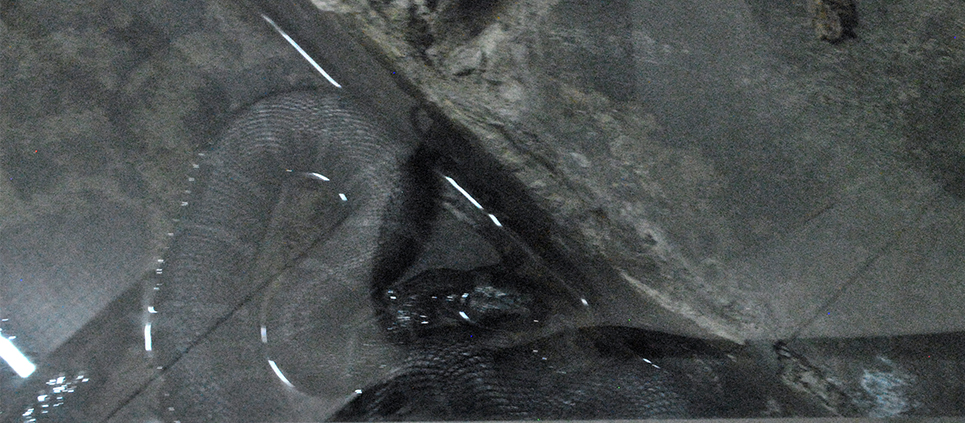
The remarkable rice field snake exemplifies nature’s extraordinary ability to adapt to human-altered environments. Through specialized breathing mechanisms, hunting strategies, and reproductive adaptations, these serpents have transformed what might seem like a challenging habitat into their perfect ecological niche. As rice cultivation evolves with new technologies and methods, the future of these specialized reptiles remains uncertain. Yet their story offers valuable insights into the complex relationships between agricultural practices and wildlife. By appreciating and protecting these hidden serpents of the rice paddies, we not only preserve fascinating biodiversity but potentially enhance the sustainability and productivity of one of humanity’s most important food systems. The snake beneath the rice field reminds us that even in landscapes dominated by human activity, nature finds ways to persist, adapt, and even thrive.

